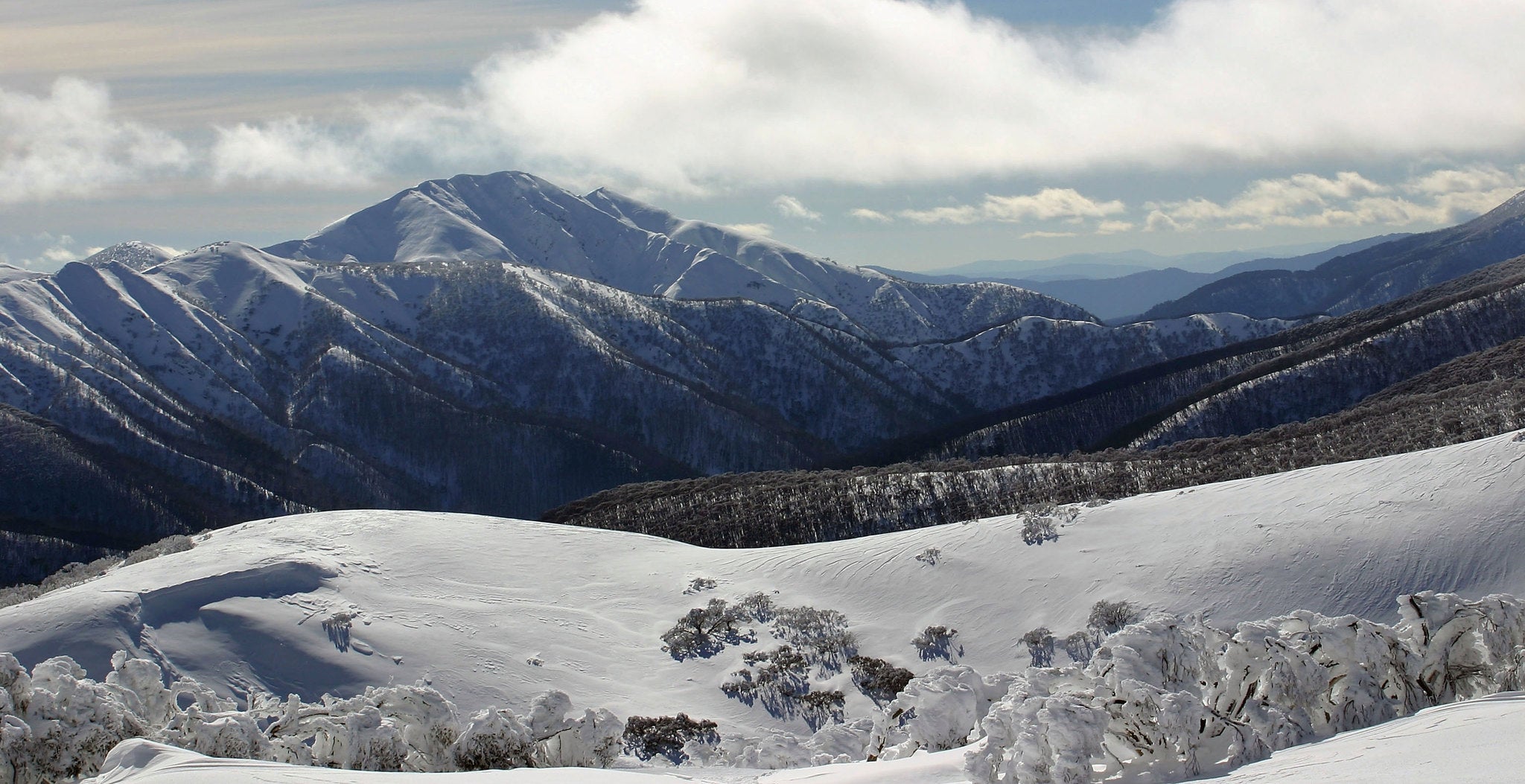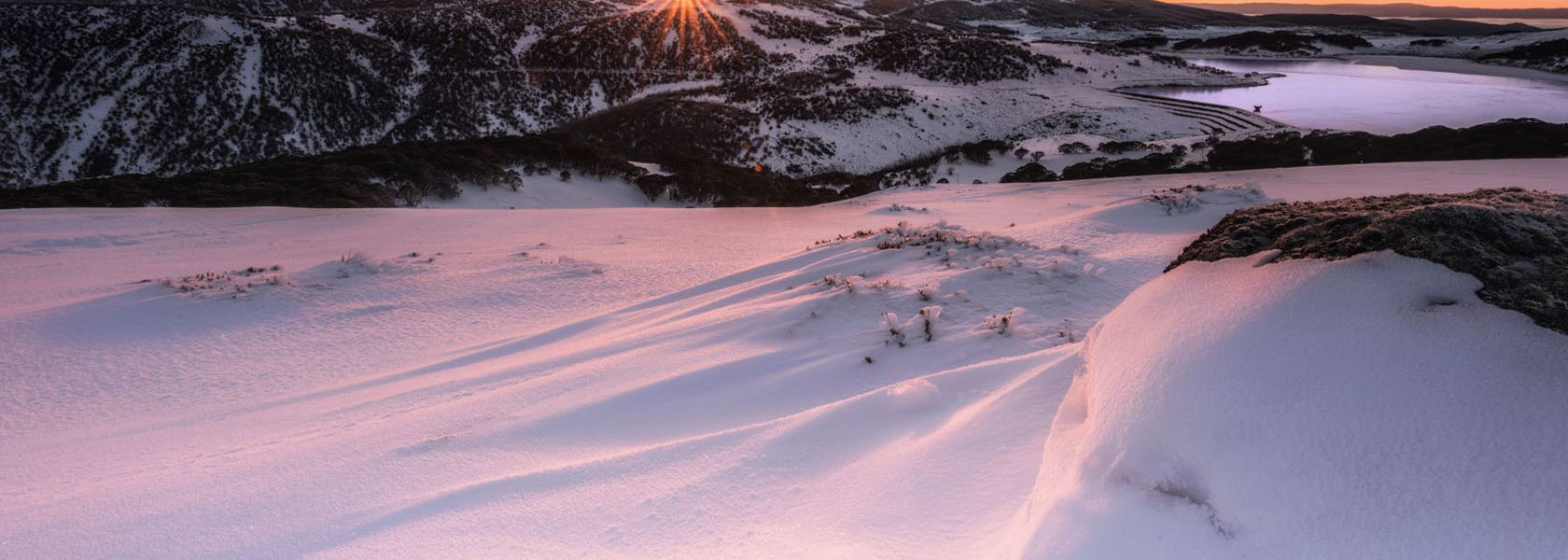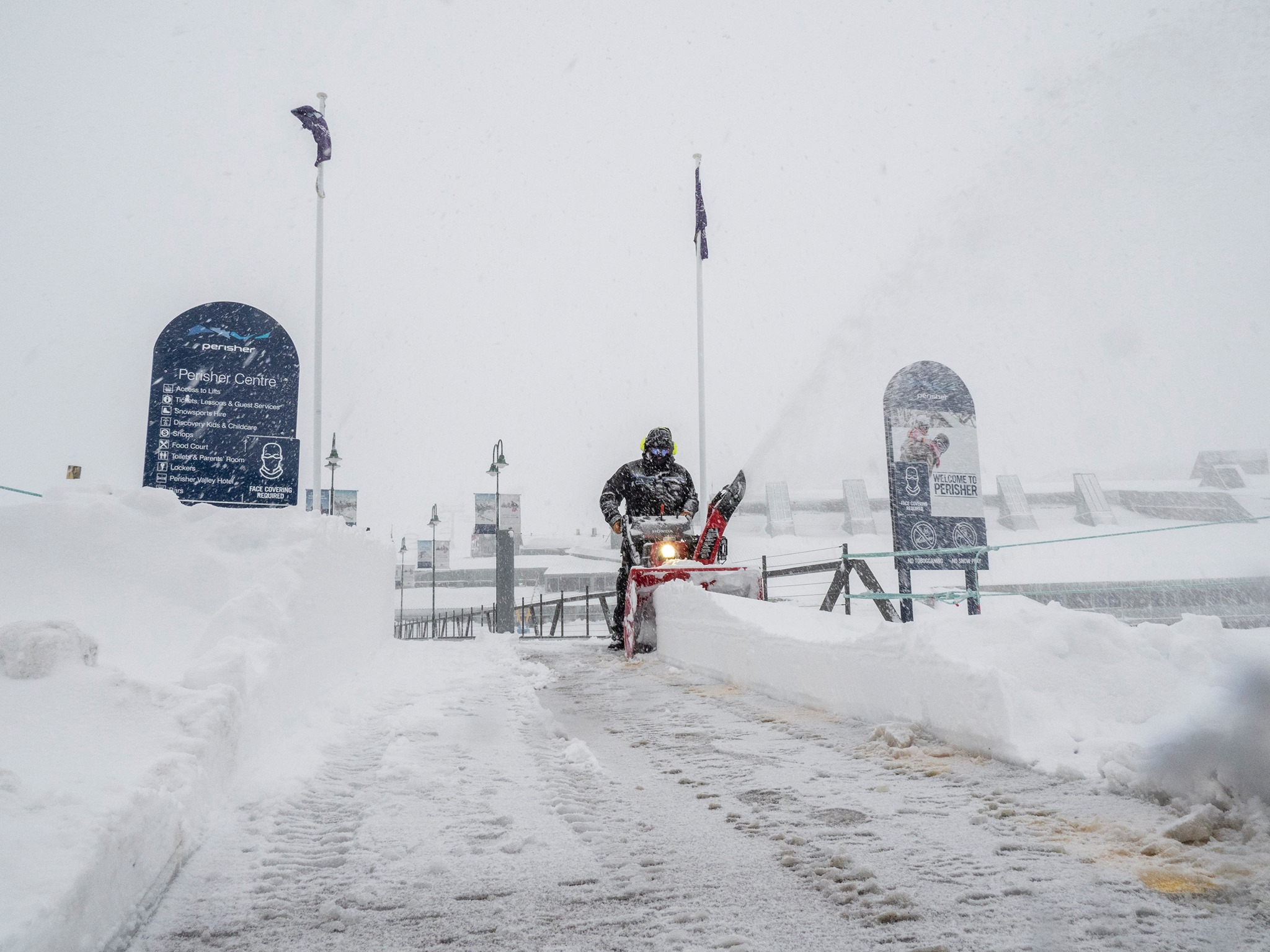Learn About the Best-Known and Snow-Covered Destinations In Australia
Learn About the Best-Known and Snow-Covered Destinations In Australia
Blog Article
Discover the Fascinating Impacts of Snow in Australia on Regional Ecological Communities
Regardless of its reputation for sun-soaked landscapes, Australia also boasts areas buried by snow-- a sensation that profoundly influences the nation's special ecological communities. The insulating residential or commercial properties of snowflakes secure plants and animals among the chilliest winters, while the melting snow nurtures rivers and water life. However, the real marvel hinge on how these wintry conditions form the country's biodiversity and nutrient cycles. As we untangle this complex connection, we discover ourselves treading on untouched premises in Australia's high nation.
The Unanticipated Regions of Snowfall in Australia
Although Australia is usually related to sun-scorched landscapes and sandy coastlines, particular regions surprisingly experience snowfall. The high nation regions of New South Wales, Victoria, and Tasmania are specifically recognized for their wintertime snow. The Snowy Hills in NSW, as an example, get abundant seasonal snow, supplying a raw comparison to the nation's common warm, dry climate. The Victorian Alps and parts of Tasmania likewise see yearly snowfalls, changing the landscape into a winter season heaven. These areas are not just abnormalities but important components of Australia's diverse climate system. The existence of snow in these areas dramatically influences regional communities, ultimately influencing the country's one-of-a-kind biodiversity. The particular effect on Australia's distinct plants will be discussed in the following section.

Just How Snow Impacts Australia's Unique Flora
These plants have advanced to endure in extreme conditions, with snow offering as a protective blanket from freezing temperatures and harsh winds. The snow additionally contributes to the moisture web content of the soil, providing essential hydration for plant life during the dry summer season months. In essence, the snow affects the timing of flowering and seed dispersal, the development prices, and the survival of many plant varieties, showcasing the complex interplay in between climate and vegetation in Australia.

The Adaptations of Australian Fauna to Snowfall
Just as Australia's flora has adjusted to the wintery problems, the regional fauna too, exhibit remarkable adjustments to the snowfall. Variety like the Hill Pygmy-possum, the only Australian marsupial understood to hibernate, have evolved approaches to endure in snowy atmospheres. It makes use of the snow as company website insulation, hibernating in rock gaps underneath the snow to stay cozy. The Snow Skink, a species of reptile, alters its colour to white during winter months, supplying camouflage against killers. Birds such as the Snowy Mountains' Crimson Rosella also readjust their diet plans to consume readily available food sources throughout colder durations. Therefore, despite the extreme conditions, Australian animals demonstrates a flexible and durable nature, guaranteeing their survival in regions experiencing snowfall.
The Duty of Snow in Shaping Neighborhood Ecosystems
In shaping the local ecosystems, the role of snow in Australia is both profound and multilayered. Snow gives a critical water resource, feeding rivers and storage tanks as it thaws, therefore supporting a variety of aquatic life forms. The visibility of snow forms the plants patterns, animal behavior, and overall sustainability of Australia's unique ecosystems.

The Future of Snowfall in Australia: Forecasts and Implications

Provided the critical function snow plays in forming local environments, the future of snowfall in Australia is attracting enhancing interest from conservationists and scientists. Present environment versions predict a considerable decline in snowfall due to global warming, with potentially extensive influence on neighborhood communities. Less snow might cause reduced water availability in alpine regions, negatively influencing wild animals environments and plant life. It could alter the timing of seasonal changes, disrupting the life cycles of numerous native types. The tourism market, heavily reliant on the winter season snow season, may also face significant challenges. Consequently, understanding these predictions and their effects is crucial to develop effective preservation approaches, making certain the preservation of Australia's unique biodiversity and the sustainability of its economic situation.
Conclusion
The duty of snow in Australia's environments is critical yet usually ignored. It acts as a guard, a nurturer, and a shaper of diverse towering varieties, contributing to the splendor of Australia's high country. useful content As weather patterns remain to shift, recognizing the effects and prospective makeovers of these snow-influenced ecological communities is important. Hence, the snow in Australia is extra than a natural spectacle; it's a vital gamer in the country's environmental narrative.
Regardless of its credibility for sun-soaked landscapes, Australia likewise flaunts regions buried by snow-- a phenomenon that greatly influences the country's unique communities. It makes use of the snow as insulation, hibernating in rock holes beneath the snow to stay warm - Does It Snow In address Australia.In shaping the neighborhood environments, the duty of snow in Australia is both multilayered and profound. The presence of snow forms the plant life patterns, pet behavior, and general sustainability of Australia's unique ecological communities
Offered the crucial function snow plays in forming regional environments, the future of snowfall in Australia is attracting boosting focus from researchers and conservationists.
Report this page